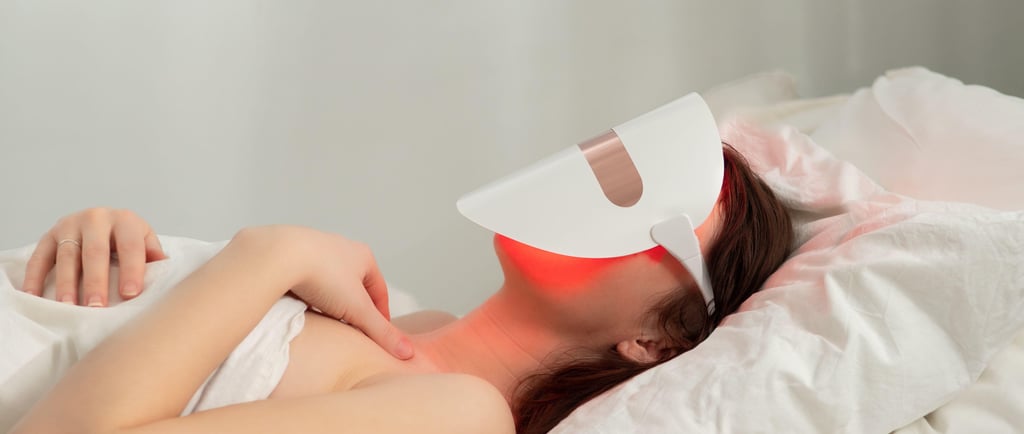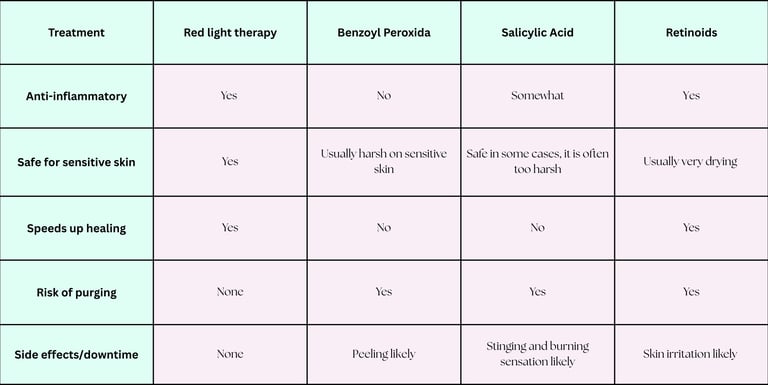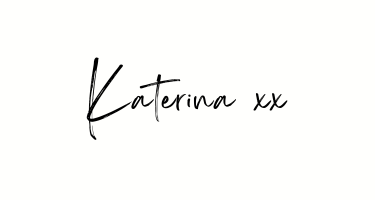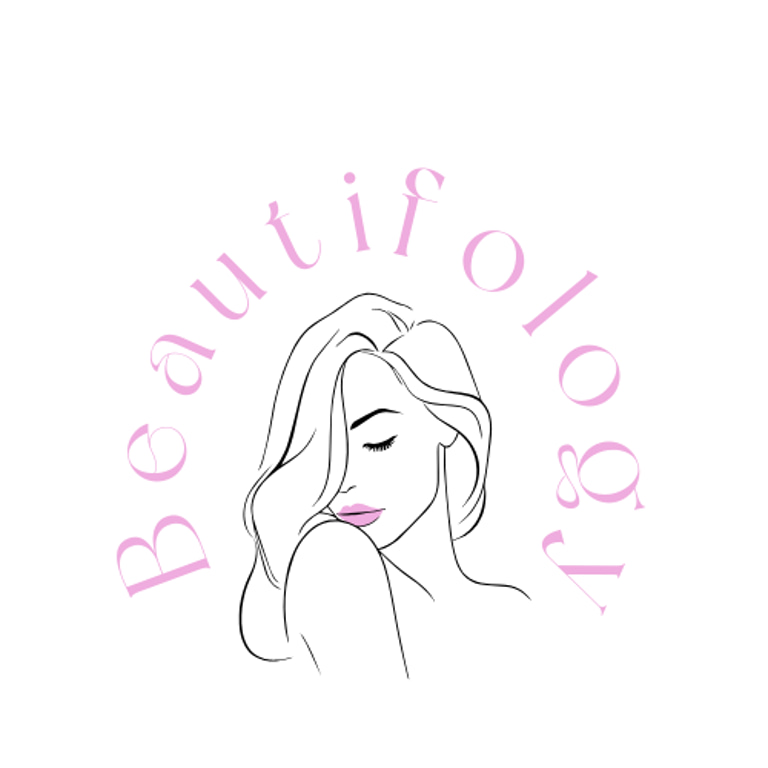RLT for Acne, Redness, and Sensitive Skin
Calming Your Face Without Harsh Actives


Most of us have been there before, hopelessly standing in front of the mirror wondering why your skin is acting like a rebellious teen… again. Whether it’s persistent breakouts, sudden flare-ups, or skin that screams every time you try something new, red light therapy might just be your skin’s new best friend.
Unlike some skincare ingredients that bully your face into submission (cough benzoyl peroxide), RLT takes a gentler, science-backed approach - and it’s surprisingly effective.
Let’s explore how red and near-infrared light soothe acne-prone, reactive, or overly dramatic skin.
How RLT Helps With Acne (Yes, Even the Hormonal Kind)
Acne happens when pores get clogged with oil, dead skin cells, and bacteria, specifically Cutibacterium acnes (C. acnes for short). Red light therapy fights this from multiple angles:
Here’s how:
Anti-inflammatory action: Red and near-infrared light reduce inflammation, which helps shrink swollen breakouts and reduce redness.
Bacterial control: While blue light is more directly antibacterial, red light enhances your skin’s immune response and helps control the spread of acne-causing bacteria.
Oil regulation: Some studies show RLT can help balance sebum production over time — without drying or irritating the skin.
Tissue repair: RLT speeds up skin healing, which means post-acne marks fade faster.
Research says:
A 2013 study found that red light therapy (in the 630–660 nm range), when used regularly, led to a significant reduction in inflammatory acne lesions over 8 weeks.
(Source: Gold et al., 2009)
Another study in Dermatologic Surgery showed that using a combination of red and blue light (with red at 633 nm) reduced acne lesion count by 76% after 12 weeks. That’s comparable to topical treatments — but without dryness, peeling, or irritation.
(Source: Papageorgiou et al., 2000)
What About Redness, Rosacea & Sensitive Skin?
If your skin flushes at the mere thought of exfoliation or turns red faster than your ex when you bring up accountability — this section’s for you.
Why RLT helps calm sensitive/reactive skin:
It reduces inflammatory cytokines — the chemical messengers behind skin irritation and flare-ups.
It supports skin barrier repair by stimulating fibroblasts and increasing blood flow — both of which promote a healthier, more resilient epidermis.
It soothes vascular activity, making it ideal for conditions like rosacea and general redness.
One small but promising study:
In a clinical case series, patients with rosacea who received red light therapy twice weekly for 6 weeks reported decreased redness, improved skin texture, and reduced burning/stinging sensations — all without any reported side effects.
(Source: Barolet & Boucher, 2008)
RLT vs. Harsh Topicals
Now I am all for using acids correctly - you can get fantastic results with them, however here’s how red light therapy compares to more aggressive acne and redness treatments:
So if your skin is tired of being yelled at by acids and actives, RLT is the gentle nudge that gets results without it throwing a fit.
Real Results: What to Expect
With consistent use (think 3–5 times per week), many users see:
Calmer, less reactive skin
Fewer breakouts and shorter healing time for existing pimples
Less redness and more even skin tone
Reduction in acne scarring over time (especially when combined with collagen-boosting benefits from Post 2!)
* People with hormonal or cystic acne often report slower, more gradual improvements - but they still notice a significant change in flare-up frequency and severity.
Coming Up Next…
In Part 4, we’ll look beyond the face and dive into whole-body benefits of red light therapy — including pain relief, muscle recovery, and even mental wellness support.
Because red light isn’t just a skincare queen - it’s a multitasking overachiever.




Beautifology
Let's glow together
Get in touch for any comments, questions or product recommendations
© 2024. All rights reserved.
